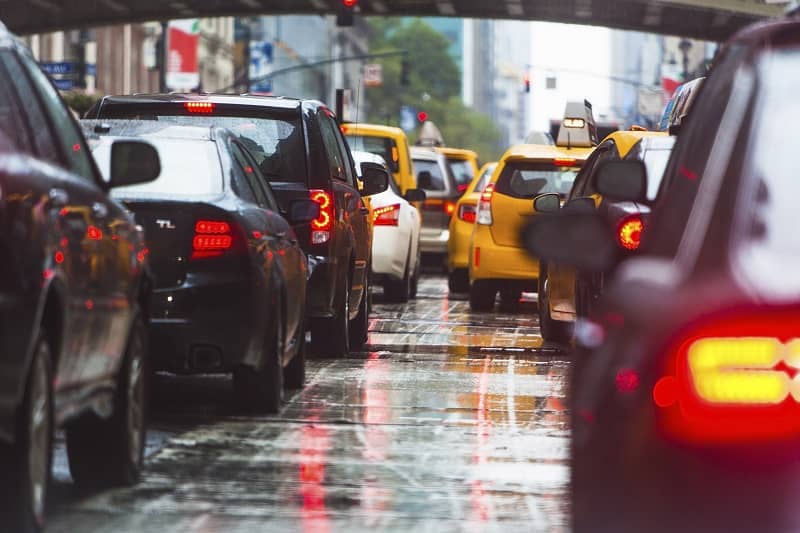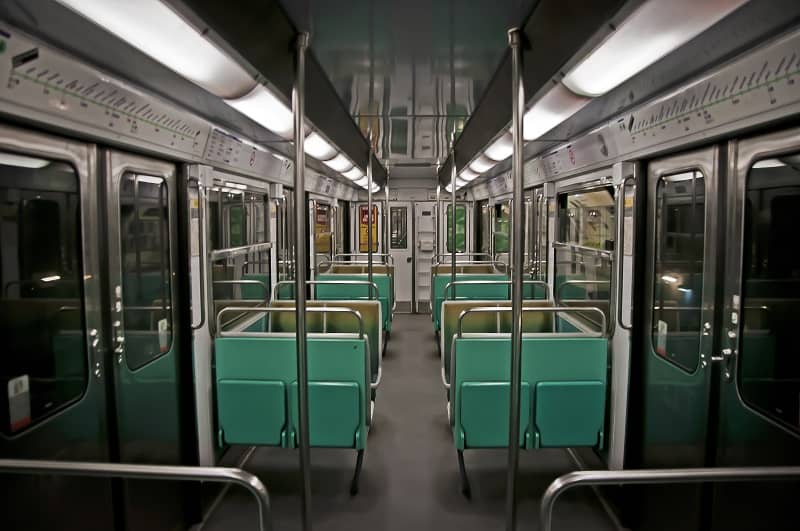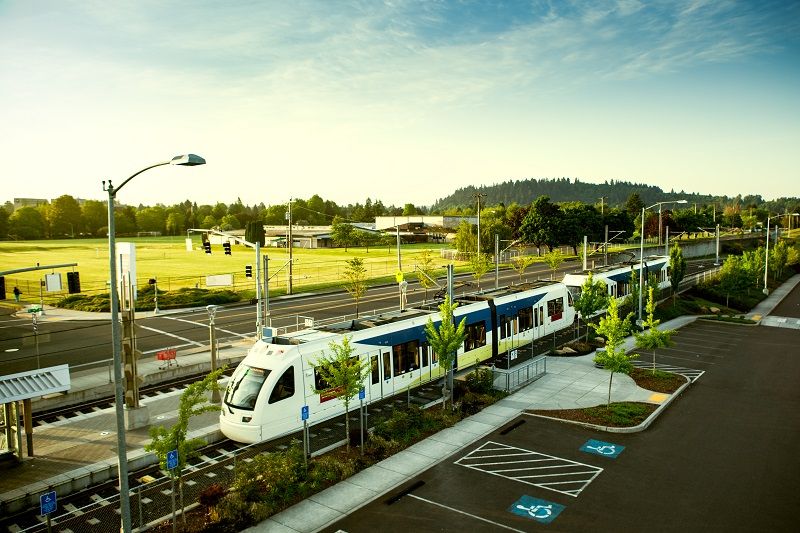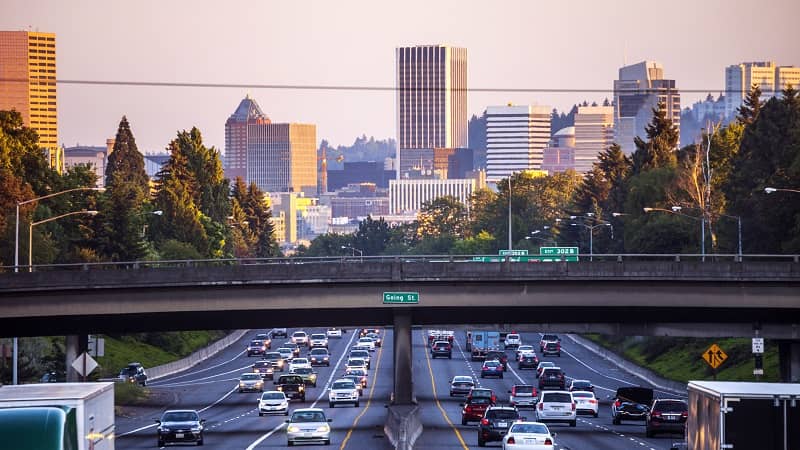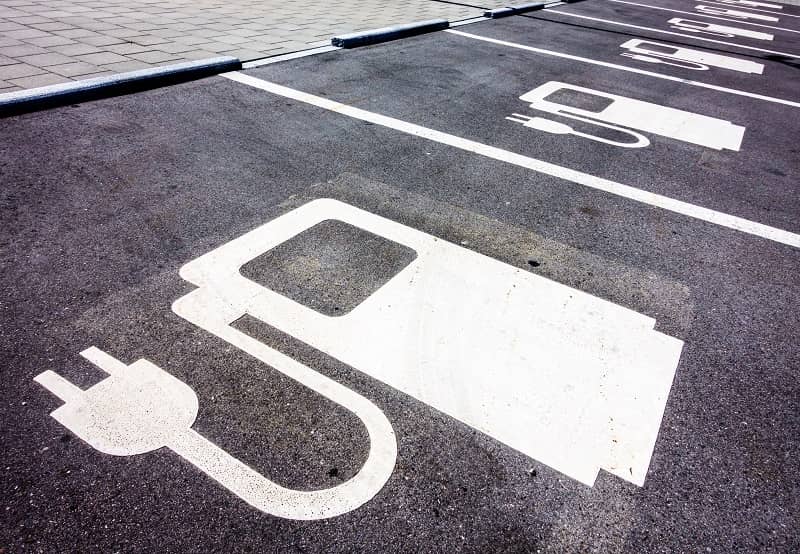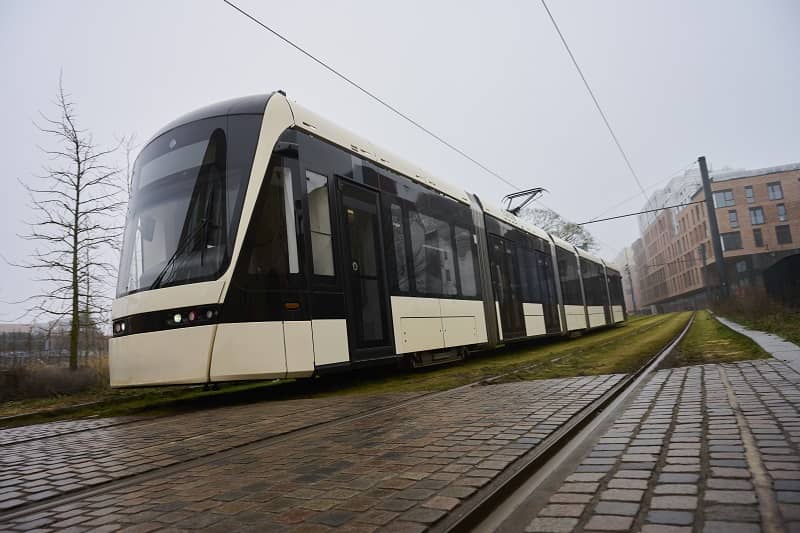TriMet’s ridership is declining and its level of fixed-route service is lower today than it was in 2004. According to mainstream transit advocates, the solution is to spend more public money.
The problem is we’ve already tried that, and it’s not working. TriMet has been imposing a regional payroll tax on most employers since 1972. The rate was initially 0.30%, then grew to 0.60% by 1979. During the 2003 legislative session, TriMet sought approval to raise it by another tenth of a percent. According to TriMet General Manager Fred Hansen, “TriMet’s proposed payroll tax increase will be used exclusively to provide new or enhanced transit service. This will include assisting in the operation of Washington County Commuter Rail, Clackamas County light rail, Lake Oswego Streetcar, increasing Frequent Service routes, and enhanced local service connections to these lines.”
The rate increase was approved, and was phased in over a 10-year period, beginning January 2005.
During the 2009 legislative session, TriMet lobbied for another rate increase, phased in over 10 years. The new rate of 0.7337% went into effect on January 1, 2016.
Now that we have more than a decade of experience with payroll tax rate increases, it is informative to compare revenue trends with service trends. The results show that there is no correlation between revenue and service.
TriMet Financial Resource Trends for Operations
2004-2015
(000s)
| 2004 | 2006 | 2008 | 2010 | 2012 | 2014 | 2015 | % change | |
| Passenger fares | $55,665 | $68,464 | $80,818 | $93,729 | $102,240 | $114,618 | $116,734 | +110% |
| Tax revenue | $155,705 | $192,450 | $215,133 | $208,933 | $248,384 | $275,357 | $292,077 | +88% |
| Total operations | $290,513 | $342,274 | $404,481 | $433,609 | $488,360 | $522,155 | $493,572* | +70% |
*Grant revenue in 2015 dropped by $41,876 due to timing of receipt; those funds will appear in TriMet’s 2016 income statement.
In fact, there is negative correlation – as TriMet’s revenue went up over the course of a decade, actual service went down.
Annual Fixed Route Service and Ridership Trends for TriMet
2004-2015
| 2004 | 2006 | 2008 | 2010 | 2012 | 2014 | 2015 | % change | |
| Hours of service | 1,698,492 | 1,653,180 | 1,712,724 | 1,682,180 | 1,561,242 | 1,608,090 | 1,676,826 | -1.3% |
| Miles of service | 27,548,927 | 26,830,124 | 26,448,873 | 25,781,480 | 23,625,960 | 23,763,420 | 24,248,910 | -12% |
| Originating rides | 71,284,800 | 74,947,200 | 77,582,400 | 77,769,119 | 80,042,810 | 75,779,560 | 77,260,430 | +8.4 |
Source: TriMet, http://www.trimet.org/pdfs/publications/trimetridership.pdf
There is a slight correlation between revenue and transit use, as total originating rides went up 8% while operating revenue went up 70%. However, ridership peaked in 2012 and has dropped by 3.5% since then.
It is also interesting to compare revenue trends with TriMet’s share of commute trips. The Portland Auditor has conducted an annual “community survey” since 1997, and those surveys measure travel choices by Portland residents. The results show that TriMet’s market share of commuting has remained exactly the same since 1997, despite (or because of) massive expenditures on rail transit during that period.
Travel Mode Share for Weekday Commuting
Portland citywide, 1997-2015
| Mode | 1997 | 2000 | 2004 | 2008 | 2010 | 2012 | 2013 | 2014 | 2015 |
| SOV | 71% | 69% | 72% | 65% | 62% | 61% | 64% | 63% | 60% |
| Carpool | 9% | 9% | 8% | 8% | 7% | 6% | 6% | 6% | 5% |
| Transit | 12% | 14% | 13% | 15% | 12% | 12% | 10% | 11% | 12% |
| Bike | 3% | 3% | 4% | 8% | 7% | 7% | 7% | 8% | 9% |
| Walk | 5% | 5% | 3% | 4% | 6% | 7% | 7% | 8% | 8% |
| Other | n/a | n/a | n/a | n/a | 7% | 6% | 6% | 6% | 7% |
Notwithstanding the obvious drop in service, TriMet claims that the legislative promise was met because new rail lines were opened. But to the 66% of TriMet riders who saw their bus service drop by 12%, shiny new rail lines were of little consolation.
The chief enablers of TriMet’s tax addiction have been Portland-area business associations, including Portland Business Alliance, Westside Economic Alliance, Oregon Business Association, and the Central Eastside Industrial Council. Those groups repeatedly embraced higher taxes for their members on the premise that more transit revenue equaled more transit service. That premise is clearly false.
When the TriMet Board meets to increase the tax rate again in September, Portland business groups should reconsider their automatic support. Unless and until TriMet service levels reach those of 2004, there is no reason to continue “throwing money” at an underperforming monopoly.
John A. Charles, Jr. is President and CEO of Cascade Policy Institute, Oregon’s free market public policy research organization.
